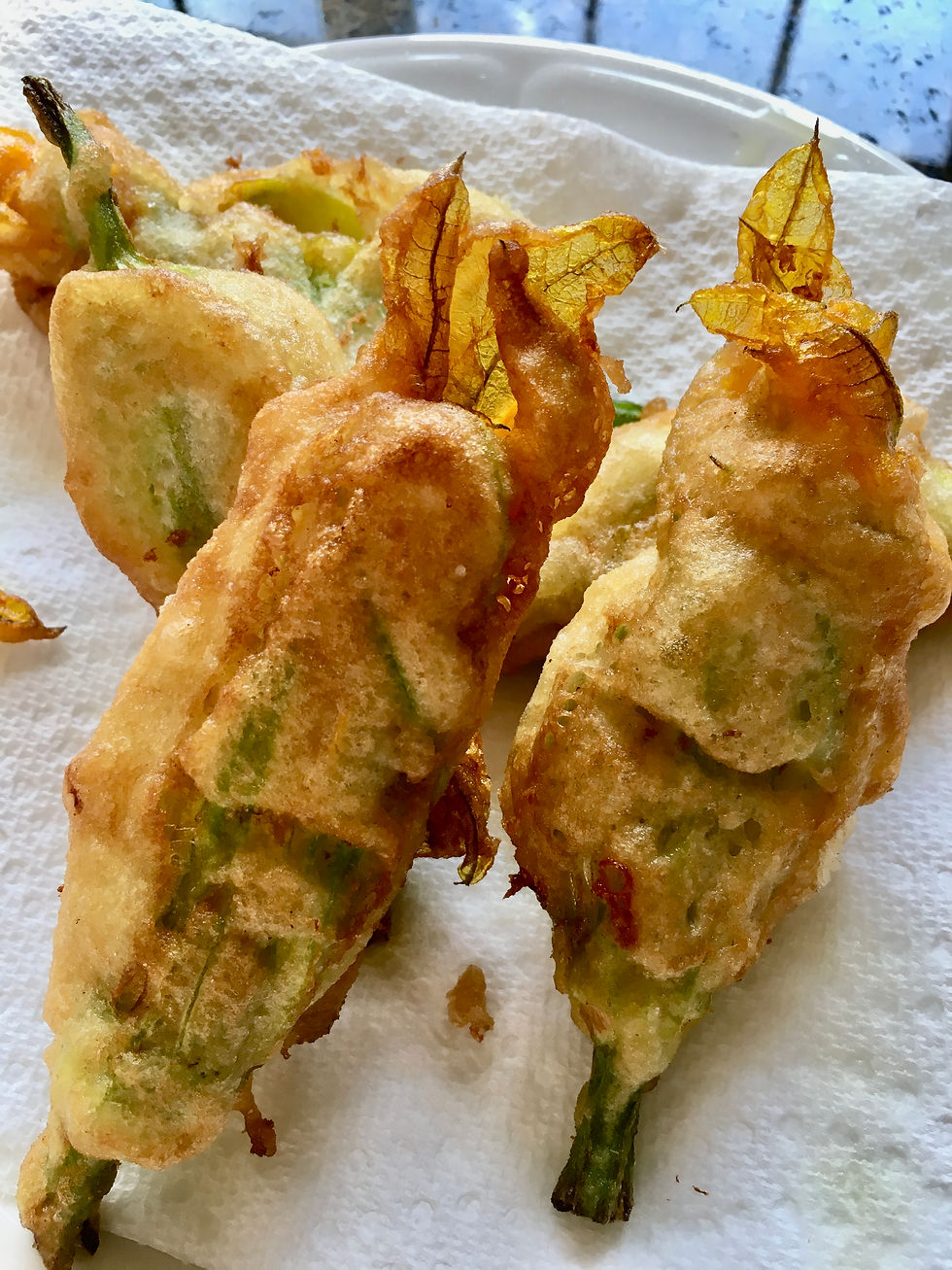RAMBLING ON ABOUT RAGÙ
- njneeck
- May 3, 2023
- 3 min read
Updated: May 3, 2023
I recently returned from a trip to Bologna, and I will sum it up in one word: “Ragù.” No seriously, it’s about way more than that, but that's what this post is about. Bologna is known as three things: La Rossa, La Dotta and La Grassa. While many think La Rossa (the red) is associated with local politics, it’s also a reference to the terracotta brick buildings that surround the historic city center…La Dotta, (the learned one) for its famed university, the oldest one in the Western world…and La Grassa (the fat one) for the richness of its cuisine. But there’s no getting around it, Bologna is a city where ragù reigns supreme.
Whatever you may have believed this word to mean, here’s what you need to know about ragù. It’s a tomatoey meat sauce, not a meaty tomato sauce, traditionally paired with tagliatelle or tortellini, and topped with a dusting of freshly grated Parmigiano Reggiano. It’s also an essential component of the classic Lasagne alla Bolognese.

My interpretation...

What I ate in Bologna...

With tagliatelle...

In lasagna...
I detected a subtle difference between my recipe from Cooking by Heart and what I ate at the source. In Bologna it tasted more like the ingredients from which it was made, the slightest bit richer and sweeter, and for want of a better word, porkier. This is, after all, the land where pigs rule!

Affectionately dubbed Mr. Mortadella by yours truly!
So, I set out to experiment with my tried-and-true recipe, to make it as authentic as possible. My efforts may have brought me closer to what I ate in Italy, but I’m not convinced they made that much of a difference (made here in America). The original book recipe is still great, and I stand by it, but here are some optional changes, should you wish to do some comparison tasting of your own. When all is said and done, I’m once again reminded of what my dad always said -” It just doesn’t taste the same as in Italy.” He adamantly attributed this to the unfortunate reality that if the ingredients aren’t grown or raised (to this I might add “consumed”) under the Italian sun, the dish will fall short. Fresher, more intensely flavorful are words that come to mind, and it all makes sense since the ingredients are strictly sourced locally, as they have been since, well, forever – a source of great pride, and rightfully so, for the people of this region...and throughout Italy. Hope you love it.
P.S. - This is a weekend project!
Changes from book recipe italicized and bolded below:
- Add butter to the soffritto
- Substitute pork for some of the beef
- Enrich the cooked sauce with reduced cream at the end
BOLOGNESE-STYLE RAGÙ
2 medium carrots
2 celery ribs
1 medium red onion
2 tablespoons extra virgin olive oil plus 2 tablespoons unsalted butter
4 ounces pancetta, small dice
1 1/2 pounds ground chuck plus 1/2 pound ground pork
3/4 cup dry red wine
3/4 cup whole milk
2 large bay leaves
1/8 teaspoon ground nutmeg
2 cans (28 ounces each) plum tomatoes, puréed
1/2 cup heavy cream
Salt and pepper
Cut the carrots, celery, and onion into roughly 1/2 inch pieces. Pulse carrots several times in a food processor, then add celery and onion and continue pulsing until finely and evenly chopped.
Heat oil and butter in a Dutch oven on low. Make a soffritto by adding the vegetables and a pinch of salt. Cook, stirring frequently, until softened, about 8 minutes. Add the pancetta and cook on low, stirring frequently, for 15 minutes. Add the ground beef and pork and cook until no longer pink, about 10 minutes, breaking up the meat into smaller pieces with the back of a large spoon. Season with salt and pepper. Add the wine, bring to a simmer, and cook until reduced by half, about 3 minutes.
Meanwhile warm the milk with bay leaves over low heat; don't let it boil. Add the milk and bay leaves to the meat mixture and season with nutmeg. Simmer until most of the liquid has evaporated, 8-10 minutes. Add the tomato. Simmer on low, uncovered, 2 1/2 - 3 hours.
Heat the heavy cream in a small saucepan on low; simmer until reduced by one-third. You should be left with 5-6 tablespoons. Stir the reduced cream into the sauce and season with salt and pepper. Serve immediately or cover and refrigerate overnight, allowing the fat to rise to the surface and solidify. When ready to use, discard the bay leaves and skim off and discard the excess fat. Makes about 10 cups sauce.



